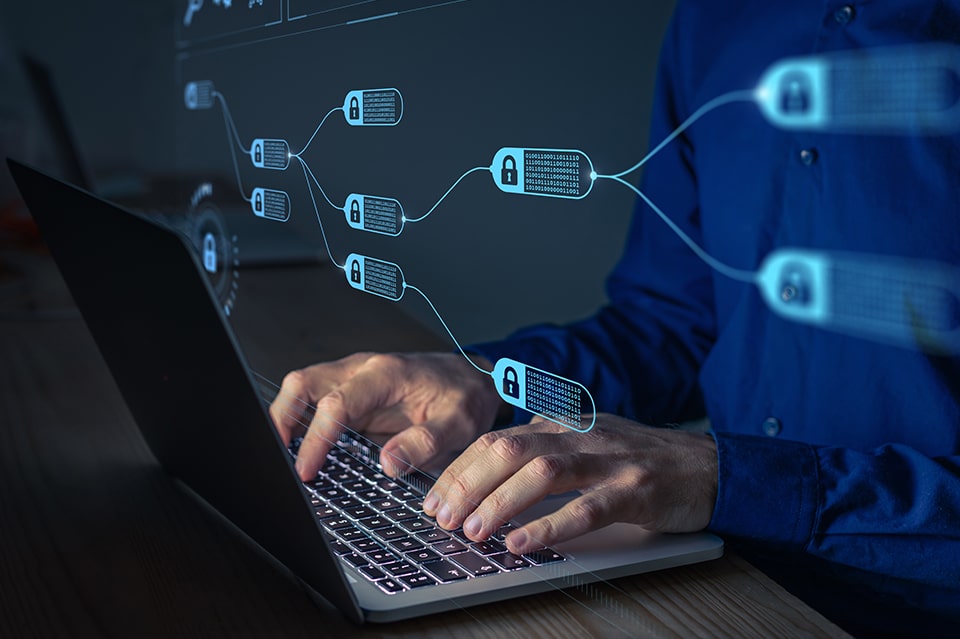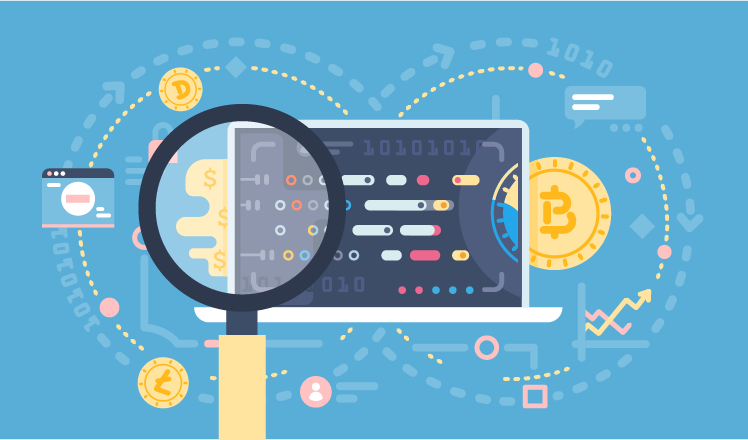Blockchain technology is now used in everything from digital transactions to voting processes, from storing documents and transactions to making data transfer decentralized. So, the fundamental question for developers working in this space is, “How do you know your blockchain app works exactly the way you want it to work?” Simply put, how can blockchain be tested?
In this blog, we shall briefly go through the need for testing blockchain applications and the Vital steps to take when you are testing blockchain applications.
1. What is the need for testing blockchain applications?

A block added to the blockchain remains perpetually; if the data in any block in the chain is changed, the following blocks become invalid. A single change to a blockchain block will also cause all subsequent blocks to change. This makes it critical that it is done correctly whenever a new block is added because it cannot change later. It becomes more difficult to exploit a blockchain, and blockchain testing becomes even more difficult.
Furthermore, it contributes to large transactions that go through validation, encryption, decryption, transmission, and so on, making it necessary to ensure that these processes run smoothly.
2. Guide to testing blockchain applications
Many tests must perform at various stages of the development of blockchain application projects. A few tests are described below, ensuring blockchain applications have high test coverage and quality.

- Unit Tests: A unit test assists developers in ensuring that their code works flawlessly at the most basic and minor parts of functionality. This is always the first line of defense to ensure that an application detects most bugs early in the development process.
- Integration Tests: Integration tests assist developers and testers in ensuring that their code communicates perfectly between different components and that communication between internal and external systems such as databases is correct.
- User Interface: User interface (UI) testing examines how the blockchain application functions from the user’s point of view. It is critical to ensure this. You should conduct UI testing to provide the user has a positive experience. If they find any problems, they should get feedback on where the application isn’t performing well.
- Application Programming Interface: Application programming interface (API) testing ensures that the responses received by your application from external APIs have been validated. It also provides that the formats of your API requests are correct and handled correctly. There is a technology that is like APIs in blockchain applications. It’s called Smart contracts, and it allows you to use the same API testing practices.
Conclusion
Now, you better understand blockchain technology and make it easier to test blockchain applications. Push yourself further into the testing blockchain applications arena and try to improve in your weakest areas to have the best chance of growing your skills when testing blockchain applications.
If you are interested in blockchain development solutions, contact SmartOSC today. Blockchain development services we deliver such as Smart contracts, Defi products, Decentralized Applications, Blockchain based marketplaces, Custom development, Security service, Marketing services, and Blockchain testing. Our end-to-end and innovation-driven services help product companies or non-IT enterprises meet your organizational goals.
Contact us if you have any queries about Blockchain development services, dApps development, NFT marketplace development, Crypto wallet development, Smart contracts development.

